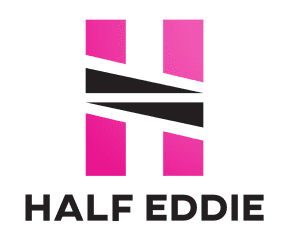The big bad Social Shopping Phenomenon is shaping up to become an giant eCommerce tidal wave these days. Social media was expected to plateau by 2020, but the Corona virus threw those predictions out. Roughly 51% of social media users from the US enhanced their social media use by mid-2020, leading to increased acceptance and use of social shopping. Social Shopping allows social media users to buy products on social media platforms without redirecting traffic to other websites. The social shopping craze encourages social media platforms to innovate their own systems and encouraging in-app purchases.
Evolution of Facebook’s Social Shopping

Facebook has labored to turn Facebook Pages into virtual shops gradually, allowing international and local brands with active pages to sell their products directly through their platform. Facebook Pages, along with their Facebook Marketplace space, already allows for peer-to-peer marketing for over 15% of Facebook’s 3 billion users. This reveals more comfort level among those using social media towards social shopping. Facebook even launched its new Instant Experience feature to capture the audience attention with interesting videos and photos, enabling users to swipe-through their carousels with ease, tilt to pan and explore lifestyle images with their tagged products, in just a single ad. The selling point is the user’s ability to just click on an individual tagged products and then proceed to but it.
Evolution of Instagram’s Social Shopping

Instagram is by far the biggest visual social media platform, and faces stiff competition from Tiktok’s aggressive growth and popularity in the e-commerce space, forced Instagram to experiment and their final system Instagram Shopping in Reels was released last month to directly compete with Tiktok’s Shippable Reels. This exciting feature enables businesses and content creators to tag products on their reels. Tags lead directly to the product, enabling direct purchase or to an off-app site. Predicting this new feature’s success based on commercial activity on Instagram is easy during the pandemic and more than 100 social media entrepreneurs would explore the limitless potentials of this e-evolution. The greatest challenge was loss of enthusiasm when customers click links redirecting them to other sites, leading to most funnel abandonments. Instagram’s social shopping eliminates that indecisive second and enhances comfort levels of users while making purchases.
Evolution of Pinterest’s Social Shopping
Pinterest has emerged as a go-to platform for new ideas and products, but their recent initiatives offer an easier shopping experience for users. The platform launched its Verified Merchant Program or VMP to give a “Verified” badges to multiple vetted brands, conferring a “trusted” status to these brands while building trust within their customers. These brands add a “Shop Tab” to profiles, show prices and availability information in their pins. This is the first step in Pinterest’s social shopping evolution. Few social media platforms also feature Tiktok’s increasingly publicized Shopping Reels and Snapchat’s visual search feature as initial innovations in Social Shopping and is worth getting excited over.
Why are Marketers Excited?

Social shopping capitalizes on peak buying intent of buyers when they view a video or image and see an ad. Buying in-app enhances conversion and strengthens customer trust in social media platforms. Social media users trust Facebook to be a neutral arbiter in any dispute, enabling easier purchase within a Facebook page, rather than an external site. As social shopping evolves, a few reasons for concern emerge as social media platforms secure more share of online commerce, to add to their great influence. However, the need to ride on this trend, outweighs reasons to be wary.




